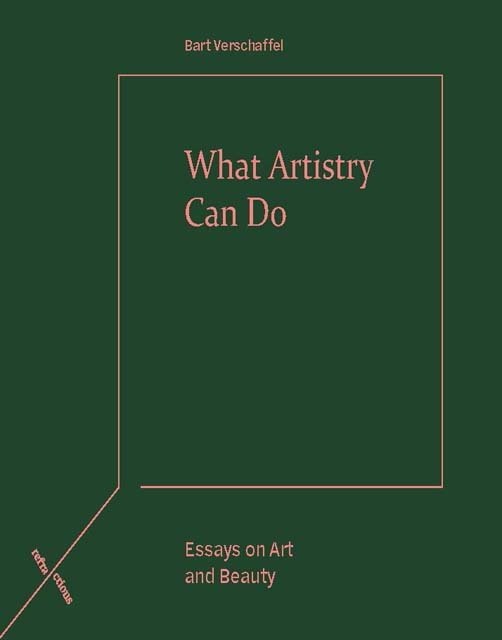9 - Double-Speak
Published online by Cambridge University Press: 18 November 2022
Summary
We cannot think without assuming that reality
is different than we thought.
Cornelis Verhoeven, De symboliek van de sluierAll: Lights, lights, lights!
Shakespeare, HamletRoland Barthes states: ‘[The] sort of distortion caused by the time between writing and reading is the very challenge of what we call literature: the work read is anachronistic.’ It is true that reading comes after writing, and that one can contemplate a painting only after it is finished. The reader or onlooker arrives too late, after the fact. Understanding a work, then, seems to require going back in time. But Barthes's statement needs to be completed. His claim about time must also be rendered in spatial metaphors. The reading not only comes ‘afterwards’ but also happens ‘elsewhere’, in a different context. Understanding a work seems to require returning to the place where it originates, to its source. Barthes's statement, moreover, needs to be amended. The shift in time and place does not simply coincide with the shift or turn from writing to reading. The ‘distortion’ caused by time and relocation primarily concerns the difference between two quite different forms of reading. What is lost in the distortion is not so much, or not only, ‘l’écriture’ (or what some may call authorial intent) but the possibility of reading at the place of writing: an intimate or first reading, set in the context of personal or intimate relationships and the exchange between specific people.
Paul Valéry states that writing is not about expressing meanings but about choosing words carefully. An author never controls the meaning of what he or she writes, and the interpretation, therefore, should not try to get into the author's head. Understanding the meaning of a text is not about guessing intentions; what an author or artist intended is never decisive. Let us, indeed, agree that the endless drift of interpretation cannot be halted by appealing to the author's authority. But even so, the interpretation (or what has been termed ‘theory’) maintains an awkward, ambivalent relation to a kind of clarity and distinctiveness that precedes it. The interpretation is always preceded by (the possibility of) a particular reading or understanding that is not just one of the many possible, competing interpretations.
- Type
- Chapter
- Information
- What Artistry Can DoEssays on Art and Beauty, pp. 116 - 128Publisher: Edinburgh University PressPrint publication year: 2022

